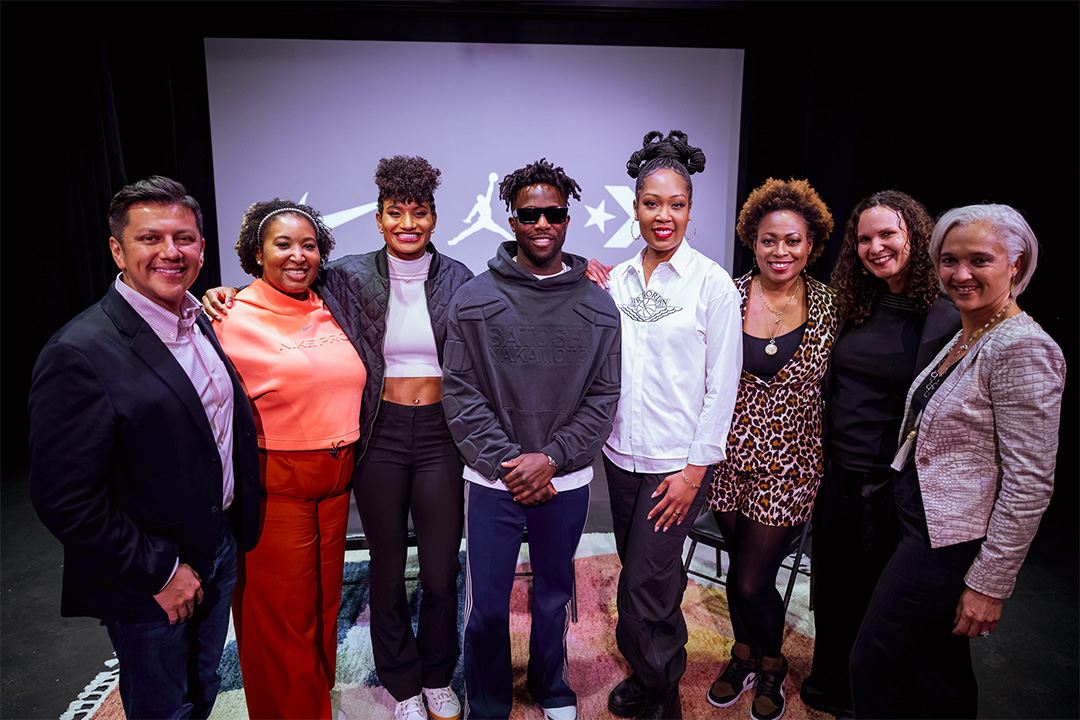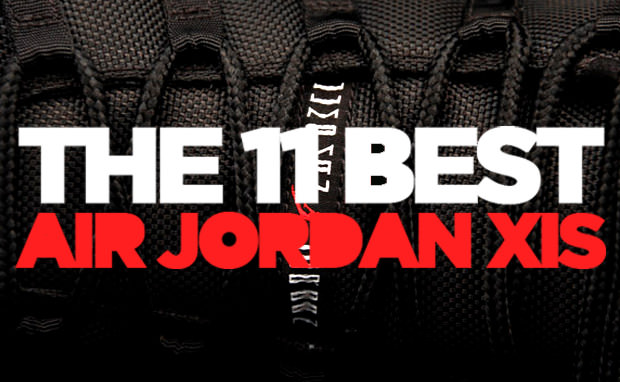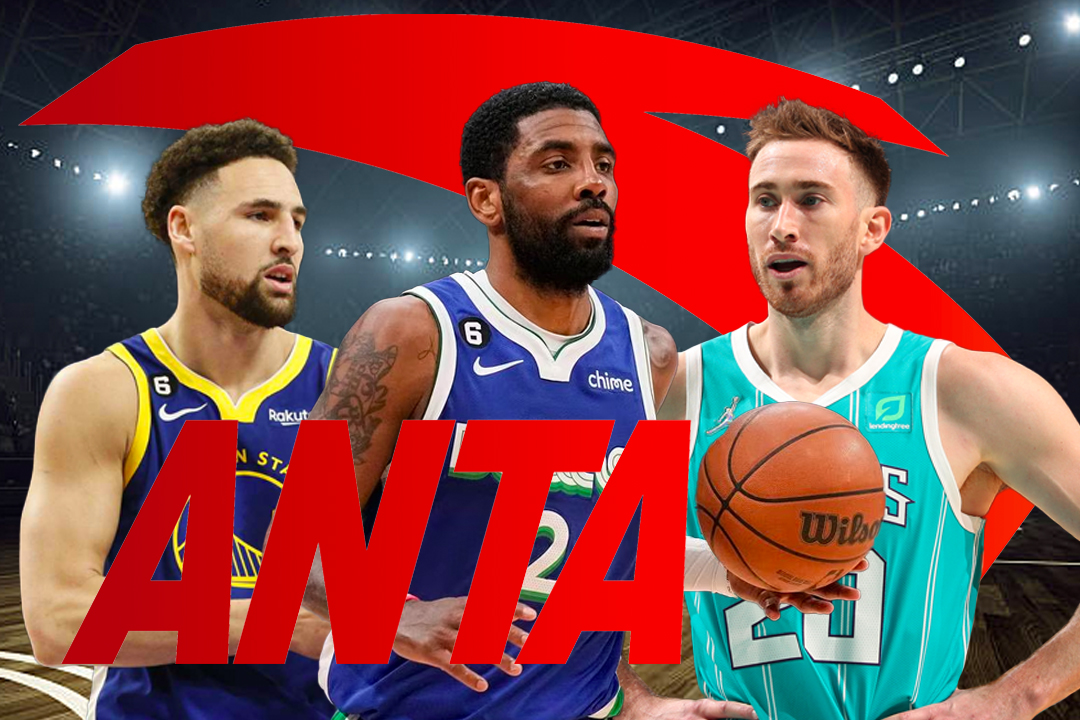This post may contain affiliate links. Please read our disclosure policy.
An early exit from the playoffs saw the Jordan CP3.VI AE get little to no TV time. Nevertheless, the signature shoe from Chris Paul has gained interest due to its star power and styling. Sporting Jumpman branding instead of personalized cues, the silo is definitely guard oriented but does not scream ‘signature’ even in loud colors. Like its endorser, the model relies on a technically sound design that plays low to the ground while balancing flash and fundamentals. How did the CP3.VI AE stack up on the court? Check out this Performance Review to find out.
As stated in the intro, the shoe doesn’t really hone the signature shoe power that its competitors pack. Maybe that speaks to the design, or maybe that speaks more to me being a pass first point guard and CP3’s shoes not having the same mask or cape effect that comes from lacing up Kobes, LeBrons, or even D Roses. Make believe basketball aside, the shoes did what one would expect Chris Paul’s shoes to do: lockdown the foot when taking off, provide freedom and flexibility around the ankle and stop on a dime when cutting.
These shoes took some breaking in, though. Made more of leather and foam than the synthetic sneakers that run the market, the CP3.VI AE wasn’t love at first wear. The stitched seam on the toe box stuck out as uncomfortable and the shoes felt particularly low and flat after previously playing in the AJ XX8 and adidas Crazyquick. By the second run, they were good to go. Lockdown was a standout and is always a big selling point for me. The Podulon cushioning more than impressed and traction proved stellar when transitioning from indoor to outdoor surfaces. Enough overview though, let’s see how the Jordan CP3.VI AE ranked in each category.
Lockdown: As aforementioned, lockdown is a strong suit of the CP3.VI AE. While the shoes first felt flat, low and almost two snug, they formed well after numerous runs. Slipping within the shoe was never really an issue, and the CP3.VI AE even wore well with thin and thick socks. These almost get a 5, but don’t quite pack that second skin feel that previous models and competitors’ kicks hone (see: Nike Kobe V).
Cushioning: For really just being articulated foam, Podulon is nearly flawless. It’s soft and strong at the same time, and responsive without feeling too high tech. Really no faults here, but not sure anything game changing either. Like lockdown, this category scores a 4.5. Another thing I liked about the Podulon was it felt soft enough to back down in. Most guard shoes tend to cater so much to court feel that they’re lightning quick but feel too stiff and thin to deliver a hard drop step. Podulon proved up to the task of going coast to coast and stomping around the paint.
Traction: Traction was another impressive aspect of the CP3.VI AE. While a lot of friends that I play with outdoors feared the outsoles would get torn up on the pavement, which likely, they eventually will, the shoes held up very well in all my runs. More impressively, they still had the same great grip when going back to playing indoors. The CP3.VI doesn’t have the turf shoe tack that other models have, but they also don’t slip. All good here.
Breathability: Really nothing noteworthy here. Playing outdoor ball in the Texas summer is kind of the gauntlet for this category. I don’t remember my feet getting overheated in these, but I don’t remember feeling the breeze either. Something that could be improved upon, I suppose, but really a non-issue during play and after.
Support: No issues in regard to support, but no standout qualities either. I felt confident and safe on the run, on the jump, on the land, and on both sides of the ball. Some shoes double as an ankle brace, but the CP3.VI AE isn’t on of those shoes. Still, I never felt roll conscious playing in this low top model. They did their thing and held up.
Responsiveness: High scores in lockdown and cushioning usually translate to strong scores in responsiveness. During my runs in the CP3.VI AE, I never felt like my shoes were lagging behind or making me slower. While I don’t know if a great pair of shoes can make a player better, I think a bad pair can sometimes make a player worse merely by being a distraction. The CP3.VI AE was distraction free. They proved fit for grinding in on defense, making a first step off a screen or stopping on a dime on a drive.
Durability: Another area without issue. Jordan Brand doesn’t really get a lot of props in the performance basketball market these days, but the models I’ve played in them over the last few years (2011 A Flight, XX8, CP3.VI AE) have performed well on court and have been built to last. Playing indoors and outdoors in the CP3.VI, the shoes showed no signs of slipping or visible wear and tear. I plan on keeping these in my rotation for hooping on both surfaces.




